-
TrackoBit
Manage commercial vehicles with the new-age Fleet Management Software
TrackoBit -
TrackoField
Streamline your scattered workforce with Field Force Management Software
TrackoField -
Features Resources
-
Blog
Carefully curated articles to update you on industrial trends. -
White Paper
Insightful papers and analysis on essential subject matters. -
Glossary
Explore an alphabetical list of relevant industry terms. -
What’s New
Get TrackoBit & TrackoField monthly updates here. -
Case Study
Explore the cases we solved with our diverse solutions. -
Comparisons
Compare platforms, features, and pricing to find your best fit.
-
About Us
Get to know TrackoBit: our team, ethos, values, and vision. -
Careers
Join the most dynamic cult of coders, creatives and changemakers. -
Tech Support
Learn about our technical support team and services in detail. -
Events
Check out the exhibitions where we left our marks and conquered. -
Contact Us
Connect with us and let us know how we can be of service.
Vehicle Routing Problem (VRP): An Overview and Strategies
- Author:Tithi Agarwal
- Read Time:6 min
- Published:
- Last Update: February 4, 2025
Table of Contents
Toggle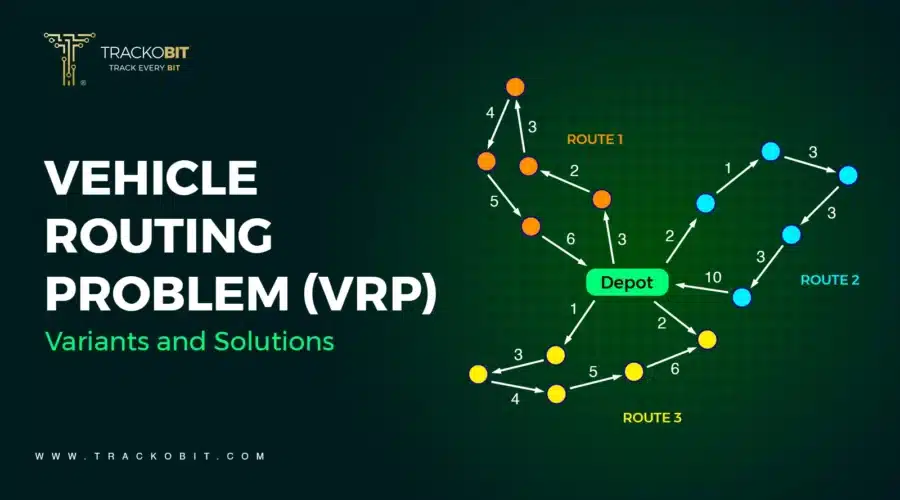
The vehicle routing problem is a complex challenge for the logistics industry. Discussed are 3 ways to solve VRP in this blog.
Table of Contents
Toggle
If you are into last-mile delivery or the logistics industry, you might have faced multiple problems.
Yes, that’s right, we are talking about Vehicle Routing Problems (VRP).
Understanding VRP is not an issue, the issue is solving it.
Though the problem is old, a permanent solution is not yet found. Solutions like route optimization by last mile delivery software come really close to solving this issue.
Solving VRP becomes vital for achieving cost and time-effective deliveries and green goals.
Continue reading this article for a deeper dive into this problem. We have tried to answer the what, why, and how of the challenge.
What is a Vehicle Routing Problem?
The vehicle routing problem is a common issue in logistics and delivery. Businesses often face challenges in finding the best delivery routes with multiple stops. This leads to inefficient outcomes like
- Inaccurate routes
- Wasted time
- Wasted resources
- Unhappy customers
The goal is to find the best set of routes for vehicles. These routes should ensure on-time deliveries while reducing:
- Distance travelled
- Number of vehicles used
- Delivery time
- Fuel cost
This is done while considering various factors. These include each vehicle’s payload and towing capacity, time windows, and halt time.
What are the Types of Vehicle Routing Problems
There are multiple types of vehicle routing problems that affect the delivery operation. Let’s discuss a few of them.
Traveling Salesman Problem (TSP)

Traveling Salesman Problem
The Traveling Salesman Problem aims to find the shortest route for a salesman. The route should allow the salesman to visit a set of stops and return to the starting point. As the number of stops increases, finding the best solution becomes harder. This issue is common in logistics and transportation.
Capacitated Vehicle Routing Problem (CVRP)
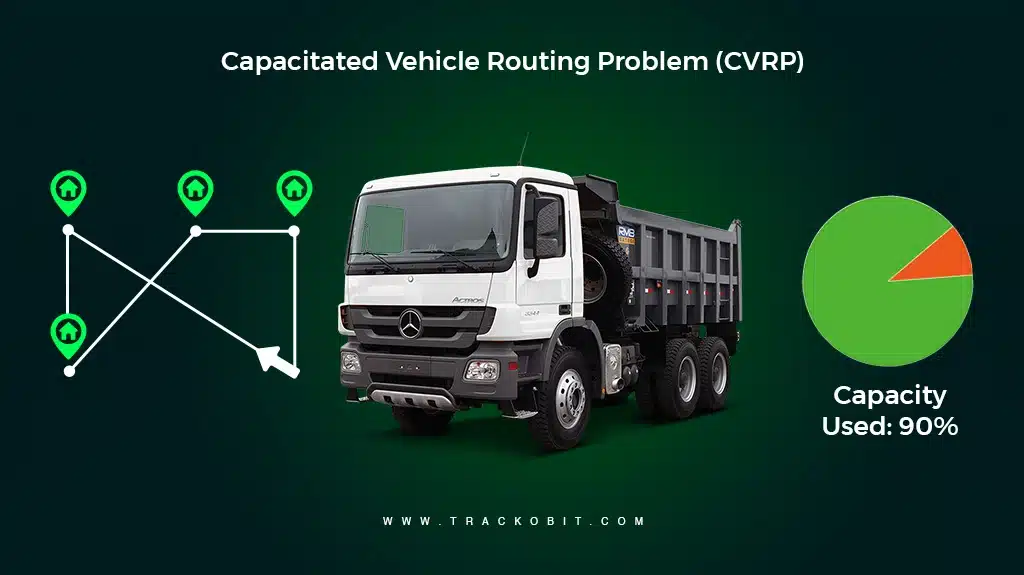
Capacitated Vehicle Routing Problem
It is a challenge related to the delivery vehicles’ capacity to carry parcels. The goal of CVRP is to figure out an optimal set of routes to reach each customer on time, considering the capacity of each delivery vehicle.
Vehicle Routing Problem with Time Window (VRPTWs)
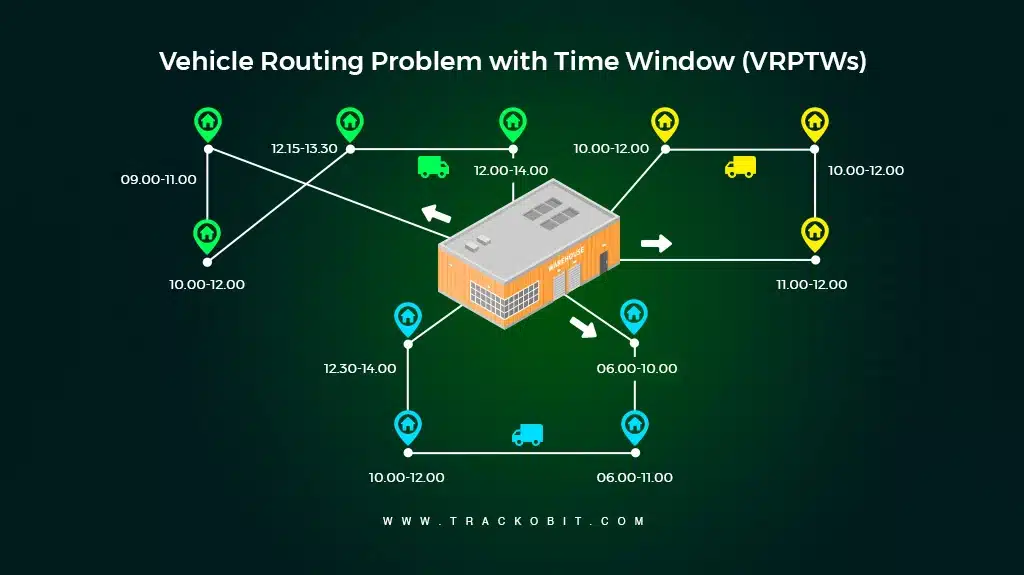
Vehicle Routing Problem with Time Window
In VRPTW, delivery drivers have to deliver to each customer in a specific time window. The goal is to find the most efficient route for the riders to deliver customers within the scheduled delivery slot. This issue is comparatively more complex as time constraints have to be considered along with capacity constraints.
Pickup and Delivery Problem (PDP)
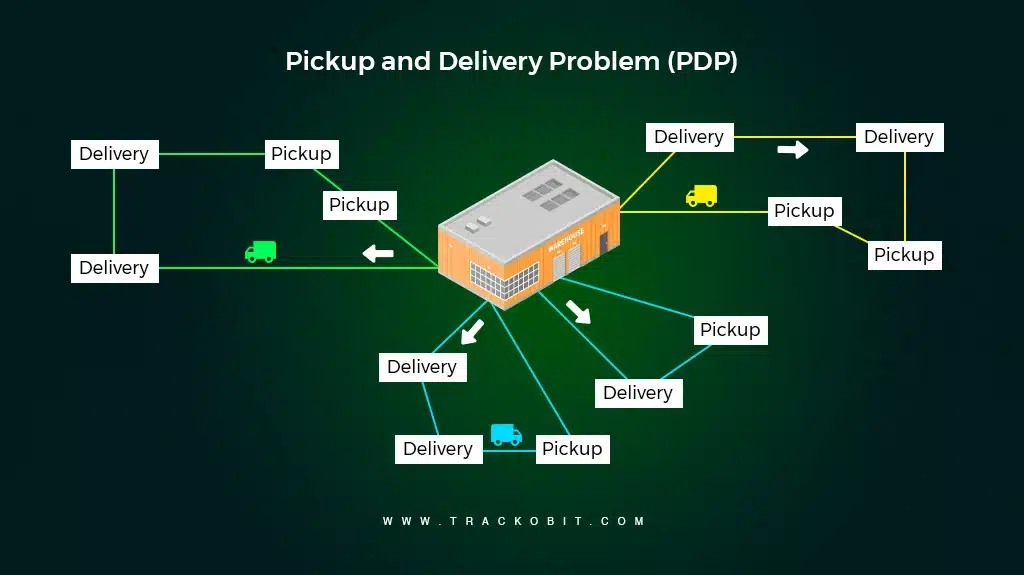
Pickup and Delivery Problem
In Pickup and Delivery Problem (PDP), the riders must visit pick-up and delivery locations on the same trip. This challenge aims to determine an optimal set of routes for the vehicles to visit pick-up and delivery locations while considering capacity and time constraints.
What is the Need to Solve Vehicle Routing Problems
There are multiple benefits of resolving VRP such as:
Reduce Logistics Expenses
The main motive behind route planning solutions is to reduce logistics expenses by optimising delivery routes and reducing the number of vehicles utilised for deliveries. Naturally, this has a huge impact on daily logistics expenses. Additionally, a business can automatically improve its profitability by reducing fuel costs and other extra/unrequired operational costs.
Reduce Carbon Footprint
Elaborate transportation plans and operations mean more carbon footprints. However, with an effective VRP solution, businesses can achieve sustainability goals. With an optimised solution, they can reduce environmental impact and contribute to a much greener future. All this is possible through optimising delivery routes and minimising the number of vehicles on the road.
Save Time and Increase Customer Satisfaction
Naturally, optimising delivery routes and reducing delivery times through VRP solutions can save much time that would otherwise be spent on manual route planning. This translates into business productivity and the highest customer satisfaction and retention.
Read Blog – What is Route Planning in Logistics?
3 Different Ways to Solving Vehicle Routing Problems
Now to the main part. How do we solve the herculean issue?
1. Manually Solve VRP
Solving VRP manually involves listing all the addresses, determining the number of vehicles available, adding constraints and planning the route. But to find the best possible route, businesses will have to list all the possible route options by making changes in the order of the addresses. Basically will have to go through a lot of permutations to achieve that one perfect route.
But this is an extremely time consuming and brain-scratching way and also is relatively less flexible as the delivery addresses are not constant every day. Another disadvantage is that the manual process is not at all scalable and holds a higher scope of human errors.
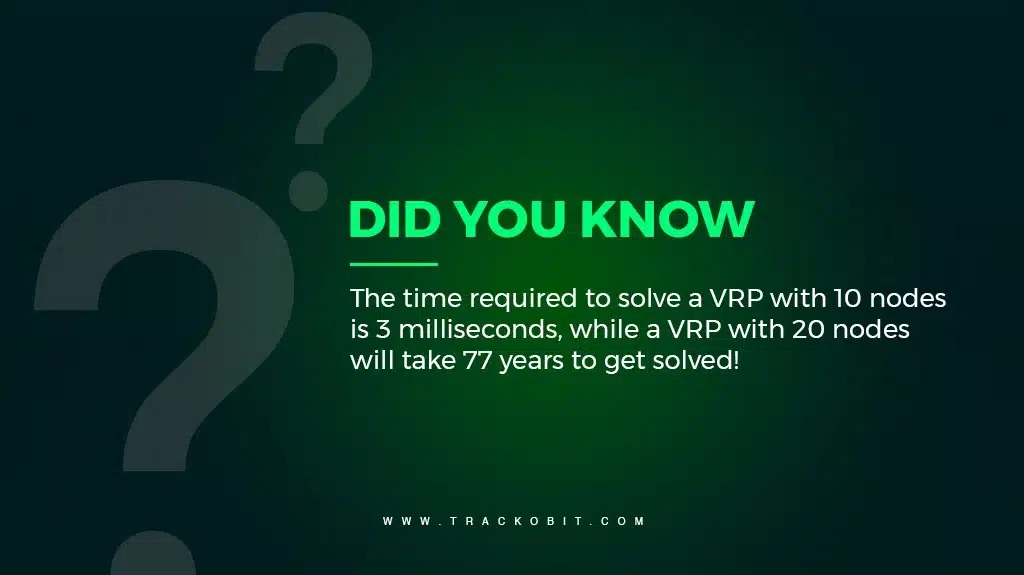
Facts about VRP
2. Using Google OR-tools
Google’s OR tools are powerful optimisation tools that require codes to solve the VRP through Python, C++, Java, or C#. Businesses can solve the problem by providing all the required data, including locations, number of vehicles, start and end locations, capacity constraints, and time windows.
The downside of the Google-OR tool is that it requires an excellent command of the coding language, but businesses can always hire developers.
The steps to get to using Google OR-tool to solve the VRP are:
Step 1- Define the problem: Define the challenge by specifying all the major components and constraints.
Step 2- Formulate the problem: Formulate the challenge as a mathematical model through the OR-tool routing library. The model will consider the objective function, the constraints, and the decision variables.
Step 3- Define the search strategy: To find an optimal solution, the tool provides various strategies such as local search, guided local search and simulated annealing.
3. Using Route Optimisation Software
The final method to solving VRP is using efficient route optimisation software. TrackoMile’s route optimisation is a powerful tool for route planning and management. All businesses have to do is list out all the stops and feed in all the necessary data, and Abrakadabra, the perfect route is right in front of your eyes.
Additionally, route optimisation software comes with extra helpful features like real-time tracking, dispatch management, carrier management automation, and proof of delivery which further enhances solving VRP challenges.
Conclusion
The vehicle routing problems, though a common challenge faced by almost all logistics businesses, is a nightmare to solve. Solving VRP means using an algorithm to find the closest possible solution based on time and distance. Most of the time, these algorithms don’t aim to “solve” the issue — they try to get close to the solution in a reasonable amount of computer time.
That is why using the best possible technology, route optimisation solution is a must for businesses to get reliable, cost-efficient and fast solutions for on time delivery and improved customer satisfaction.
TrackoMile’s route optimisation solution is part of its last-mile delivery software. It automates the process and suggests the close-to-perfect route for deliveries after considering 120+ factors like capacity, traffic conditions, weather conditions and more. Also, it reroutes on the go in case of unforeseen circumstances.
Frequently Asked Questions
-
Why is the VRP so difficult to solve?
Numerous variables, including the number of clients, the number of cars, the capacity of each vehicle, the routing restrictions, and the objective function, affect how difficult it is to solve VRP. Although many manual techniques and Google OR-Tools are available, they increase the complexity of the solution. Using route optimisation software, which can solve the VRP in a matter of seconds, is the simplest method.
-
Different types of VRP
- Traveling Salesman Problem (TSP) - Capacitated Vehicle Routing Problem (CVRP) - Vehicle Routing Problem with Time Windows (VRPTWs) - Vehicle Routing Problem with Profits (VRPP) - Pickup and Delivery Problem (PDP) - Vehicle Routing Problem with Multiple Trips (VRPMT) - Open Vehicle Routing Problem (OVRP) - Periodic Vehicle Routing Problem (PVRP) - Stochastic Vehicle Routing Problem (SVRP) - Multi-Depot Vehicle Routing Problem (MDVRP) - The Green Vehicle Routing Problem (GVRP) - Dynamic Vehicle Routing Problem (DVRP) - Pickup and Delivery Problem with Time Windows (PDPTW) - Inventory Routing Problem (IRP) - Traveling Salesman Problem with Time Windows (TSPTW) - Vehicle Routing Problem with Simultaneous Pickup and Delivery (VRPSPD) - Dial-a-Ride Problem (DARP) - School Bus Routing Problem (SBRP) - Arc Routing Problem (ARP) - Chinese Postman Problem (CPP)
-
What types of constraints are considered in the VRP?
Common constraints include vehicle capacity constraints, time windows for deliveries, maximum route duration, and limitations on the number of vehicles available.
-
Real-life examples of VRP
- Companies that prepare and transport food from central kitchens to client locations. - Delivery vans that transport groceries from nearby shops - Packages being delivered by last mile companies. - Field service technicians dispatched to fulfil customer needs. - Laundry pickup and delivery to customers.
Tithi Agarwal is an established content marketing specialist with years of experience in Telematics and the SaaS domain. With a strong background in literature and industrial expertise in technical wr... Read More
Related Blogs
-
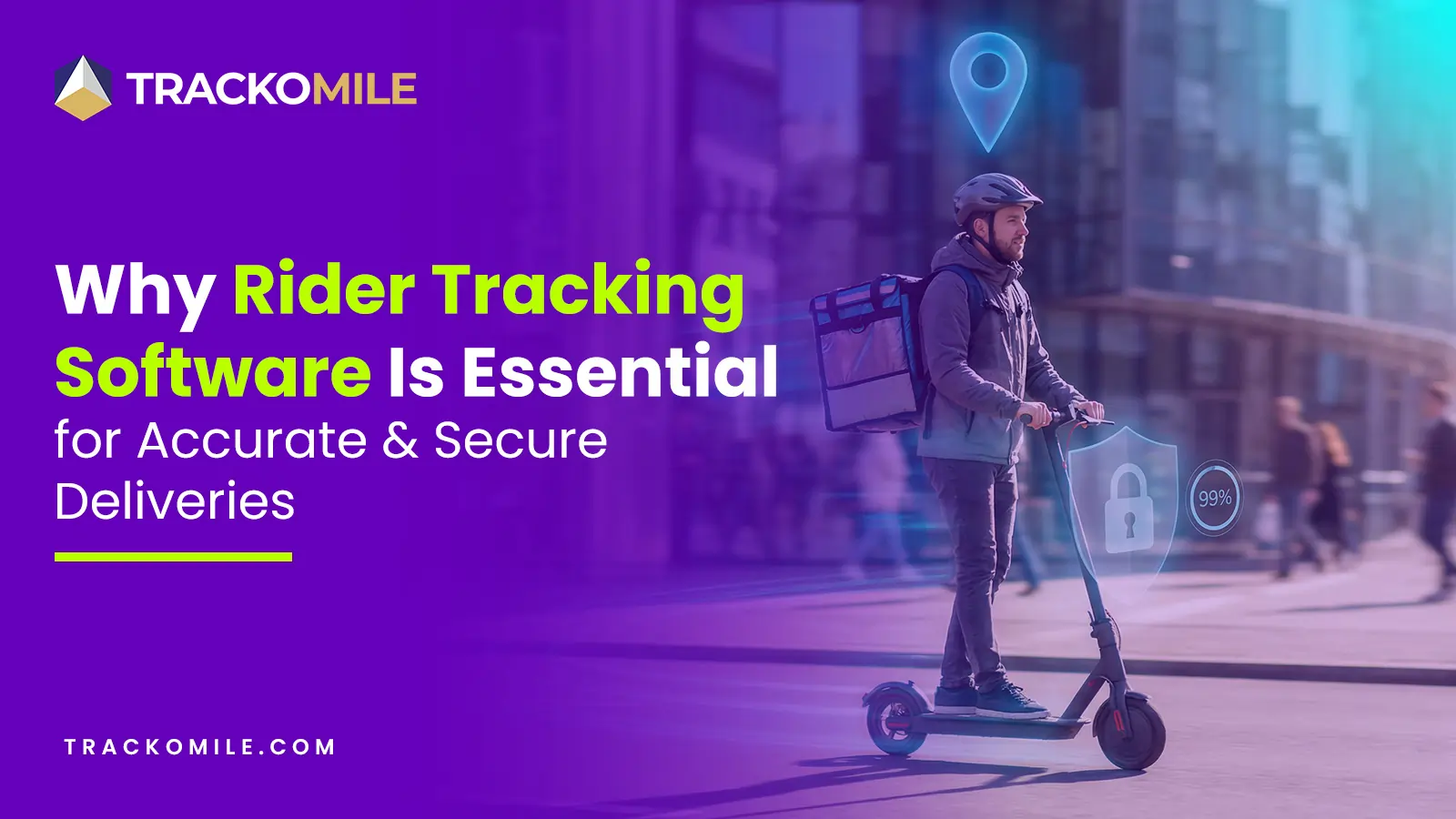
How Rider Tracking Software Improves Delivery Accuracy and Reduces Fraud
Tithi Agarwal December 8, 2025Rider tracking software improves delivery accuracy with real-time GPS visibility and automated ePOD. It also enables route optimisation and fraud…
-
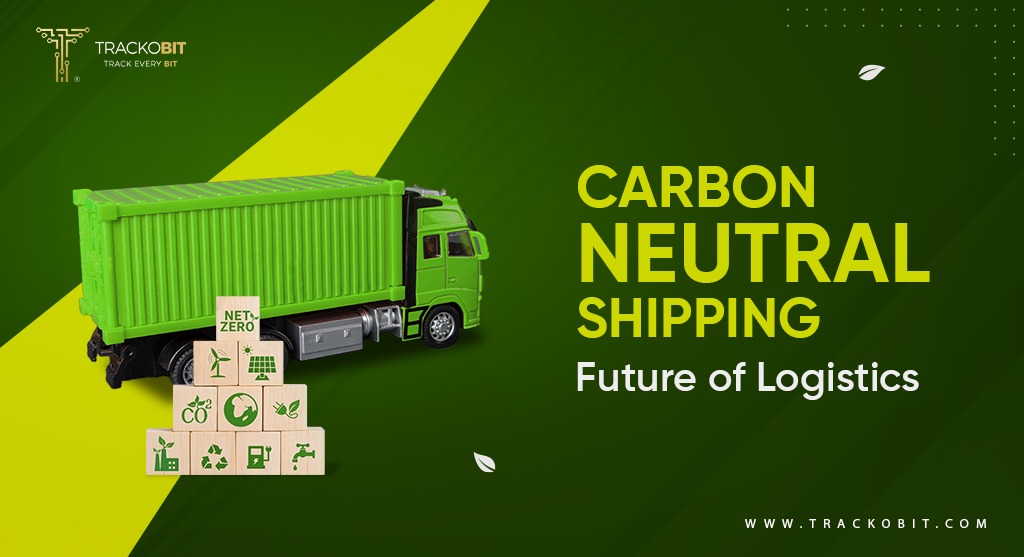
What is Carbon Neutral Shipping? Best Ways to Implement It
Tithi Agarwal June 13, 2024Adopt carbon neutral shipping methods to be a hero and save the planet while delivering last-mile orders to woke consumers.…
-
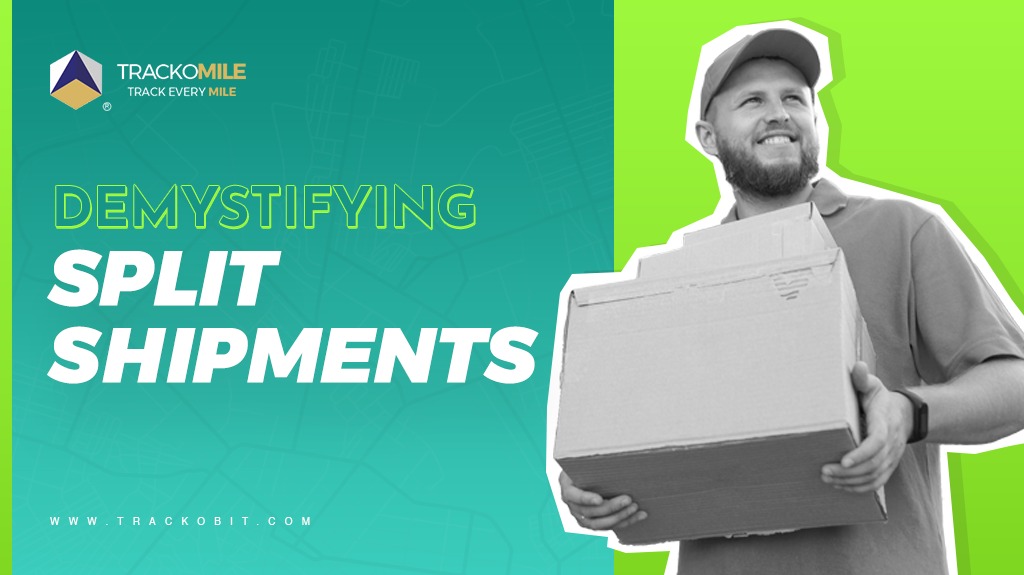
The Ins and Outs of Split Shipments
Tithi Agarwal June 10, 2024When the products are too big or heavy to be boxed in a single delivery package, or there is an…
-
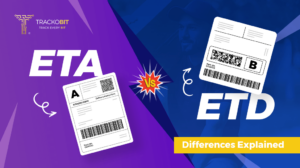
ETA vs ETD: Key Differences Explained
Tithi Agarwal April 29, 2024Learn the difference between estimated time of delivery (ETD) & estimated time of arrival (ETA) and why it matters to…

Your inbox awaits a welcome email. Stay tuned for the latest blog updates & expert insights.
"While you're here, dive into some more reads or grab quick bites from our social platforms!"Stay Updated on tech, telematics and mobility. Don't miss out on the latest in the industry.
We use cookies to enhance and personalize your browsing experience. By continuing to use our website, you agree to our Privacy Policy.



































